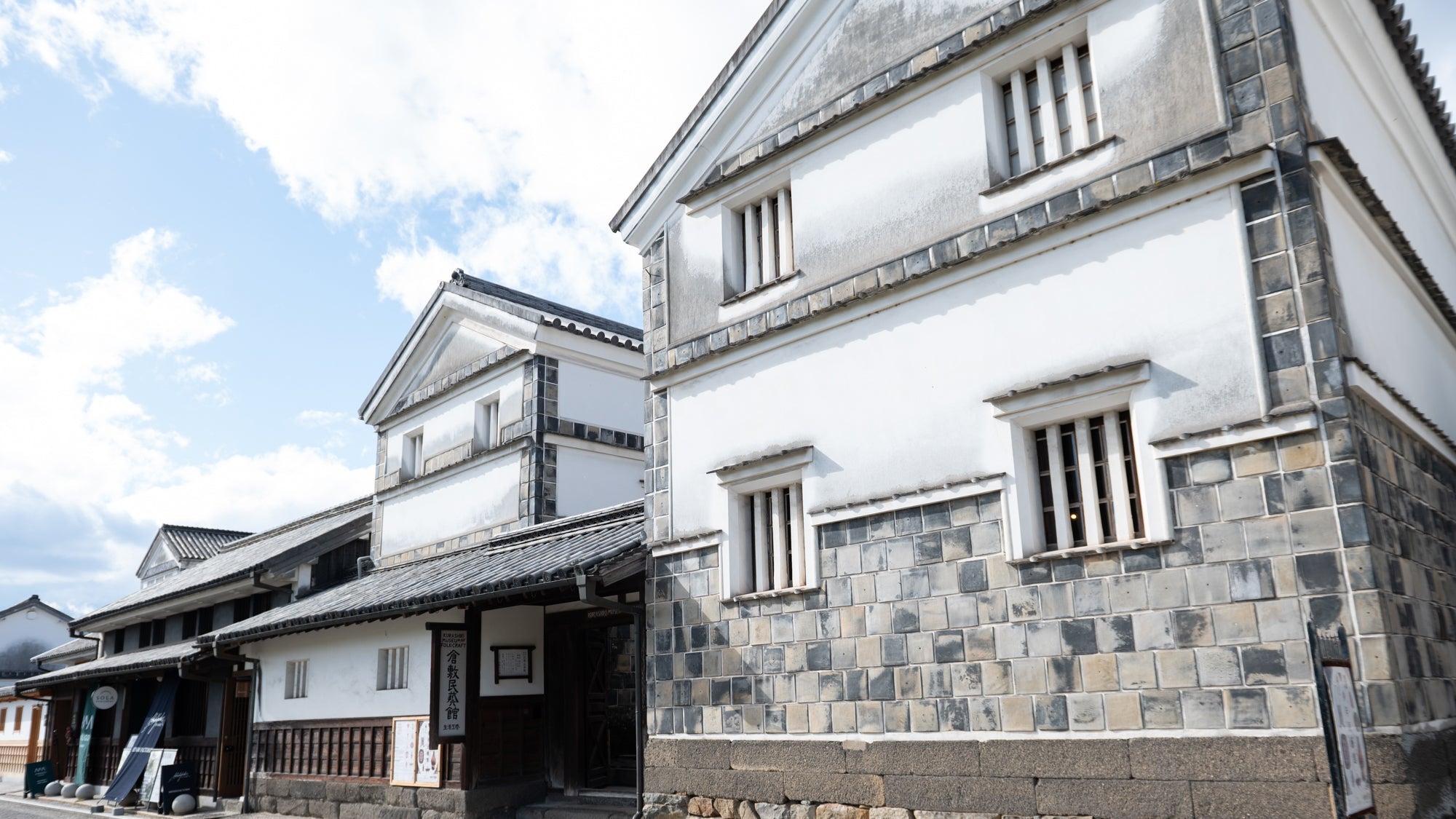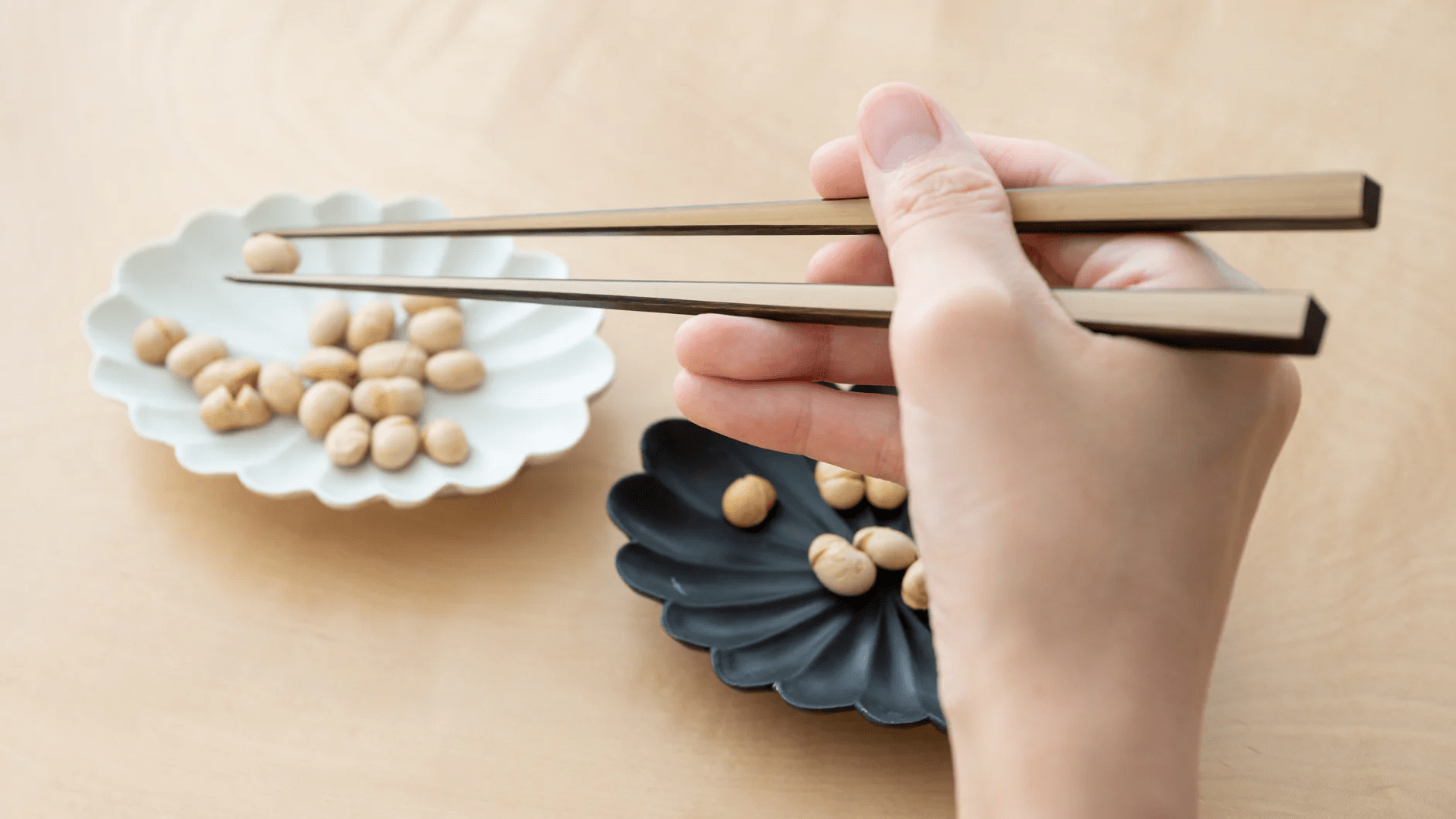
KURASHIKI MUSEUM OF FOLK-CRAFT
Written by Team MUSUBI
Along the banks of the Kurashiki River, nestled in a corner of the picturesque Kurashiki Bikan Historical Quarter, stands the KURASHIKI MUSEUM OF FOLK-CRAFT. This museum, housed within a repurposed late Edo period (1603 CE - 1867 CE) rice storehouse, adds a unique charm to the scene of willow trees, whitewashed walls, and tiled-roofed houses. The area is celebrated for preserving the ambiance of the late Edo period and ranks among Japan's premier tourist destinations. In this place where time seems to slow down, even a leisurely stroll becomes a delightful experience.

The museum comprises three buildings encircling a cobblestone courtyard, each a treasure with its own unique appeal. The building is so exquisitely crafted that it can rightly be considered a work of folk art in itself.
We, the Musubi Kiln Team, found ourselves in Okayama Prefecture as part of our exploration of Bizen ware . Amid our quest for insights into the local craft, we made a visit to the KURASHIKI MUSEUM OF FOLK-CRAFT. Here, we share our impressions and experiences.

"Regardless of one's occupation and standing, one always has the right for a Life of Beauty."
The KURASHIKI MUSEUM OF FOLK-CRAFT, following the Japan Folk Crafts Museum in Komaba, Tokyo, stands as the second folk craft museum established in Japan. It's said that Ohara Soichiro, the eldest son of Ohara Magosaburo, who contributed to the birth of the Japan Folk Crafts Museum, played a pivotal role in the establishment of the KURASHIKI MUSEUM OF FOLK-CRAFT.
Tonomura Kichinosuke, a pastor and textile researcher from Shizuoka Prefecture, was invited to serve as the inaugural director. Tonomura believed in the museum's mission to spread the idea of a "Regardless of one's occupation and affairs, one always has the right for a Life of Beauty." He dedicated himself to collecting folk craft items, characterized as "beautifully made, practical, and long-lasting," and promoting their beauty.

To the Exhibition Rooms











Among the beautiful interior spaces, the high-ceilinged atrium was particularly impressive and left a lasting impression.
KURASHIKI MUSEUM OF FOLK-CRAFT is a museum that carries on the principles of the Japan Folk Crafts Museum, and the two share many similarities.
The practice of removing one's shoes upon entry is observed here. Minimal explanations accompany the exhibits. Items are collected not only from Japan but also from various corners of the world. The interior design is steeped in tradition, making ample use of wood, including creaky corridors as you advance through the museum. While I certainly appreciate the fabulous and more solemn ambience unique to museums, KURASHIKI MUSEUM OF FOLK-CRAFT felt somewhat different. It exuded a sense of warmth from the handmade objects of daily life, a departure from the usual heightened atmosphere of art museums.
Tonomura emphasized the museum's role in promoting a "Life of Beauty." He believed that everyone, regardless of occupation or affairs, has the right to this life. "Life of Beauty" embodies happiness and rich simplicity, a blend of the ordinary and extraordinary. This is reflected in the museum's collection of humble, functional, and heartwarming household items. Living with wisdom and creativity is a valuable treasure. Visiting this museum offers not only a glimpse into the beauty of Japan's domestic life but also a chance to reflect on the everyday lives of people from different cultures.








Leave a comment
This site is protected by hCaptcha and the hCaptcha Privacy Policy and Terms of Service apply.